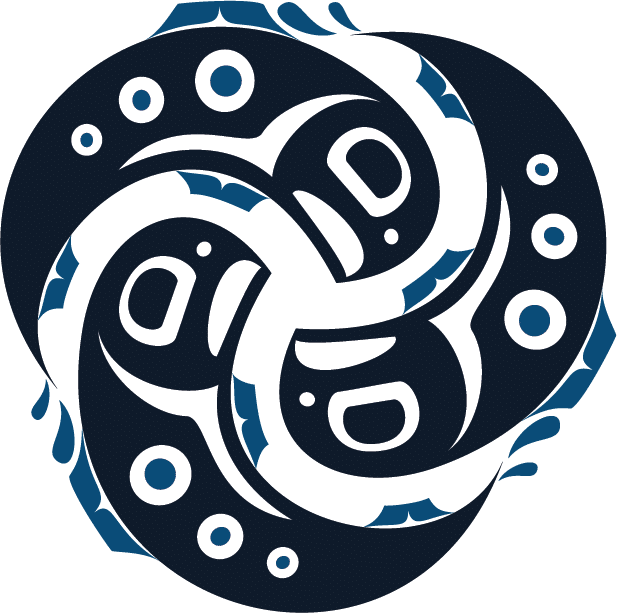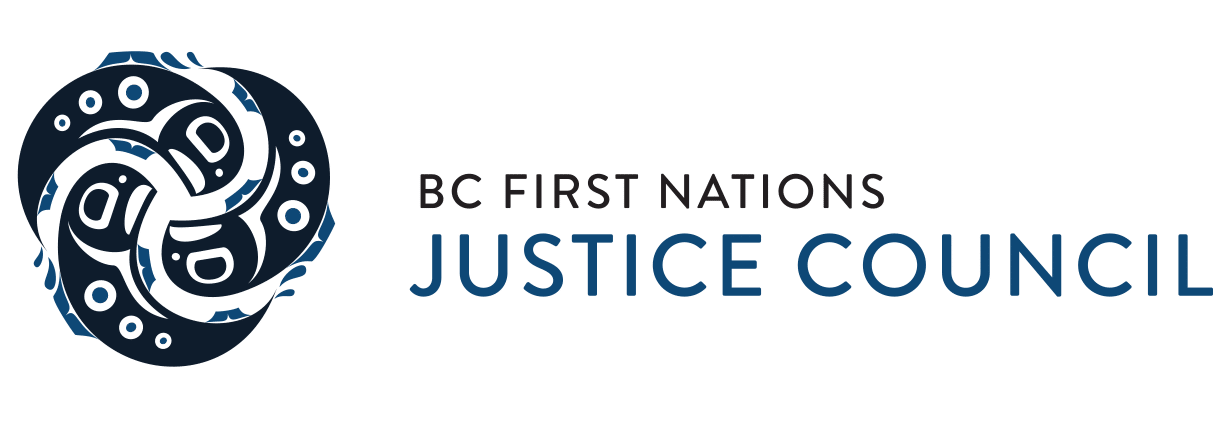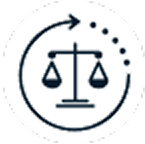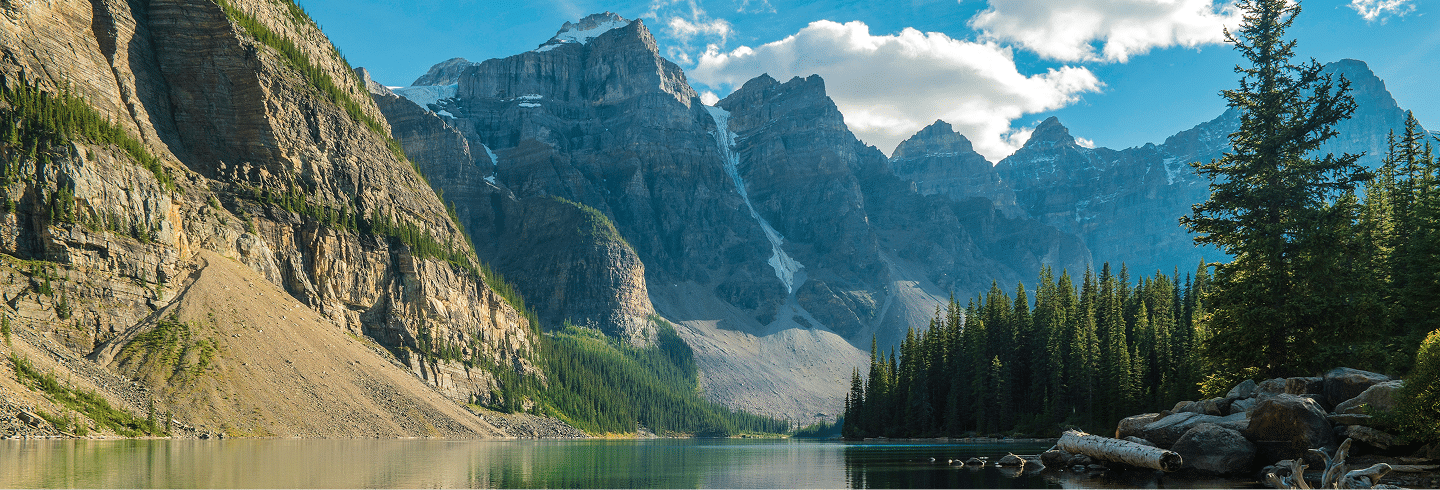The BC First Nations Justice Council was created in 2015 by the BC Assembly of First Nations, the First Nations Summit and the Union of BC Indian Chiefs.
There are six directors of the BC First Nations Justice Council. The First Nations Summit, BC Assembly of First Nations and the Union of BC Indian Chiefs each appoint one director, and they collectively appoint three further directors.
First Nations in BC have provided a clear mandate to the BC First Nations Justice Council to:
Challenge approaches that contribute to the growing over-representation of First Nations children and youth in the care of government and First Nations men and women in incarceration
Productively engage with government to advance effective strategies that can achieve better outcomes for Indigenous people in the justice system
Vision
BC First Nations children and families thriving in peace and security, their dignity and well-being supported by a trusted and representative justice system.
Mission
The BC First Nations Justice Council supports the well-being of future generations by transforming the status quo today in a sustainable way – upholding self-determination, reclaiming legal traditions and addressing systemic injustice.
Values
- Culture: We draw upon our ancestral practices, customs and traditions to shape transformative change.
- Safety: We support the holistic physical, emotional, and cultural security and well-being of our citizens and staff through our behaviours, services and policies.
- Respect: We uphold human dignity in all interactions, and honour the diversity of teachings and perspectives of BC First Nations. Our work draws upon and integrates the strengths of both First Nations and western legal traditions.
- Empowerment: Our strategies, advocacy and services are grounded in the principle of self-determination and the goal of increasing the freedom of our Nations and citizens to make their own decisions.
- Trust: Our processes and actions create stability and credibility internally amongst our staff and Council members, between the Council and our communities and citizens, and with our partners.
- Results: Our work has meaningful and material impact that advances healing and improves the experiences of BC First Nations citizens that interact with the justice system.
About Our Logo
Salmon are treasured by the many diverse First Nations across BC.
Salmon have sustained our peoples since time immemorial and protected us from hunger. We, as human beings, therefore, have a responsibility to protect salmon, ensuring our reciprocal and balanced relationship continues for future generations.
Salmon are teachers. They teach us about life’s journey, about determination, and about our responsibilities to one another and future generations. Salmon are powerful and purposeful in their life’s mission to return home and create life. They never give up.
The BC First Nations Justice Council has an ambitious, some would say impossible, mandate. To transform a system that has done harm to our people for generations into a system that we trust and believe in.
We draw on the teachings of the salmon to persevere, and like salmon, our journey is to return home. Home to our ancestral teachings about justice, that have sustained us since time immemorial.
The three salmon in our logo represent the past, present and future. We draw upon the tools, protocols and teachings of our ancestors; recognize and contend with the challenges of today; and work towards our common goal of returning home to self-determined approaches to justice.

About the Artist
Jamin Zuroski possesses mixed ancestry, including Ukrainian and Polish on his father’s side and Namgis First Nation on his mother’s side. Jamin is one of three siblings from his mother, Cindy Cook, and is the grandchild of Ruth and George Cook. The Gigalgam Cook family originates from Alert Bay, a beautiful and culturally rich village situated on Cormorant Island. Alert Bay is located within the regional lands of the Kwakwaka’wakw, who are a Kwak’wala speaking people. Jamin has maintained a strong connection to Indigenous culture since a young age. He was introduced to a variety of West Coast First Nations design philosophies and practices and continues to learn and practice them.


